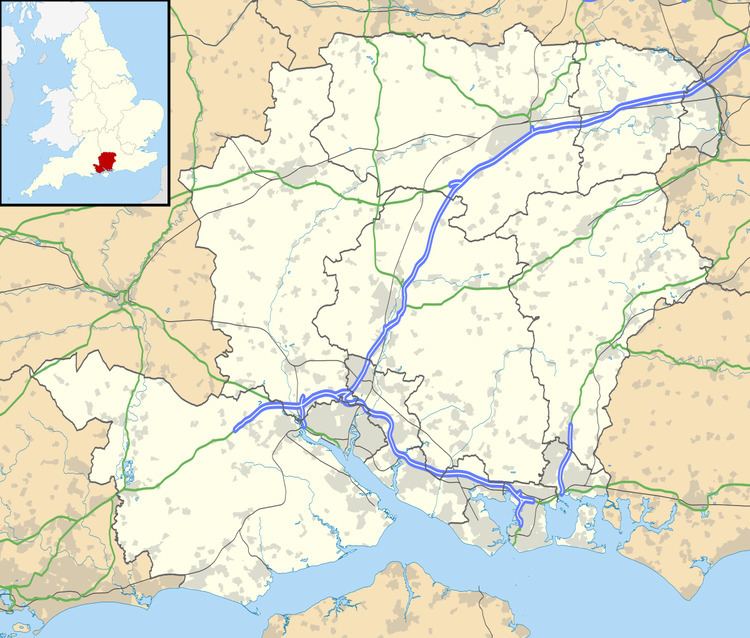In use 1942–1946 Owner Air Ministry | Condition Closed Battles/wars Second World War | |
 | ||
Type Royal Air Force station | ||
Royal Air Force Blackbushe or more simply RAF Blackbushe is a former Royal Air Force station in Hampshire, England, during the Second World War. It is now known as Blackbushe Airport.
Contents
History
The station was opened on 1 November 1942 as RAF Hartford Bridge and it was used throughout the remainder of Second World War for reconnaissance, defence and strike operations using Supermarine Spitfires, Douglas Bostons and de Havilland Mosquitoes. It was also the home of the Free French Squadron (Lorraine).
During the construction of the airfield, the already built runways were used for glider testing, including the massive General Aircraft Hamilcar.
A number of important people used the airfield including King George VI and Queen Elizabeth, Supreme Allied Commander U.S. General Dwight D Eisenhower and British Field Marshal Bernard Montgomery.
Due to its geographical proximity to RAE Farnborough Royal Aircraft Establishment the airfield was used to develop the Fog Investigation and Dispersal Operation (FIDO) system to enable aircraft operations in heavy fog.
The station was renamed to RAF Blackbushe on the 18 November 1944 and it became an airfield for the Douglas Dakotas of RAF Transport Command during the 1948 airlift during the Berlin Blockade.
The RAF Station was closed on 15 November 1946 and in February 1947 the airfield became Blackbushe Airport under the control of the Ministry of Civil Aviation. During the 1950s the airfield saw increased used as a base for US Navy transport aircraft.
Blackbushe was also considered during war in consultations to determine the creation of London's post-war principal civil airport. It was only narrowly beaten by Heathrow; the winner which announced in 1944.
